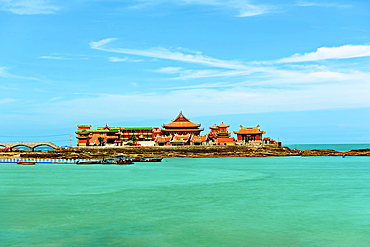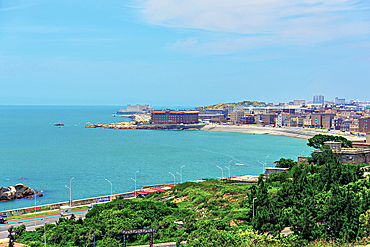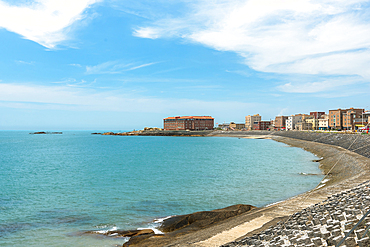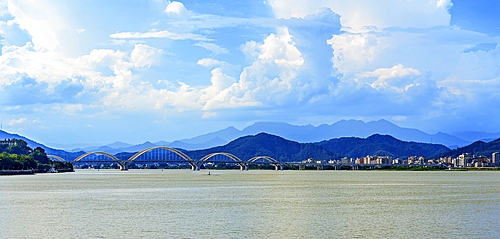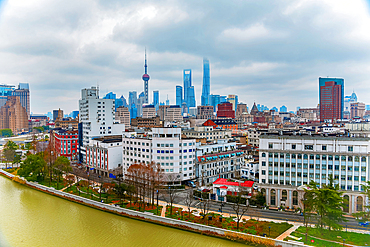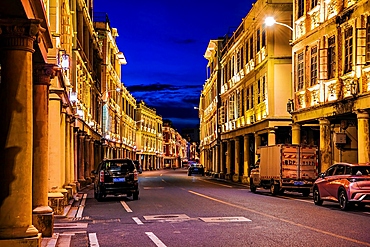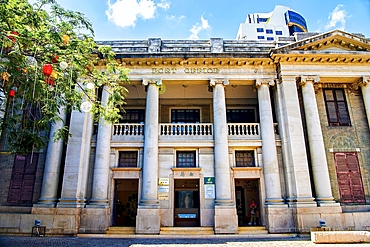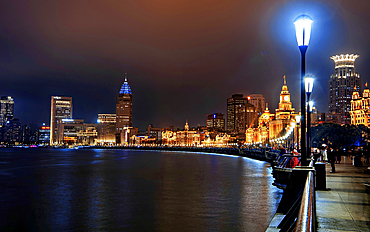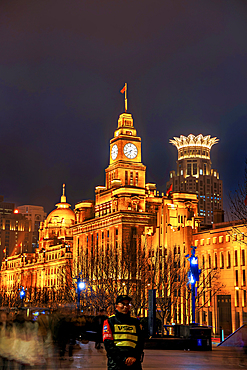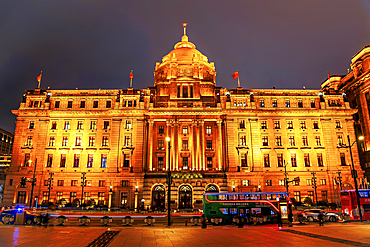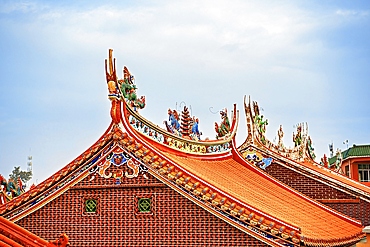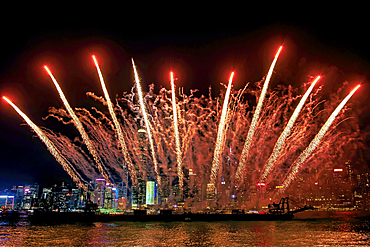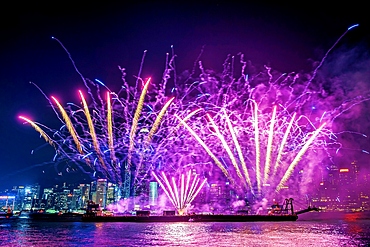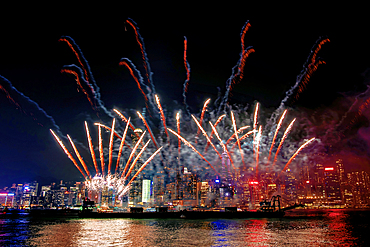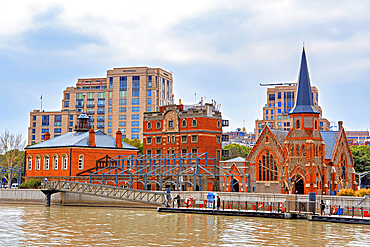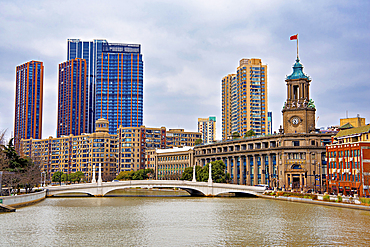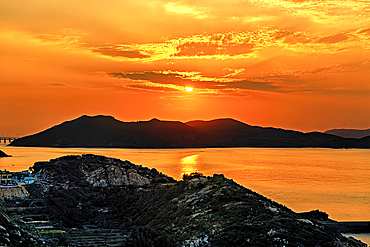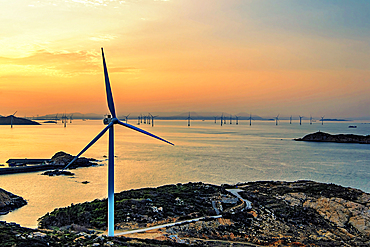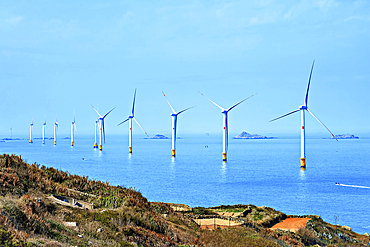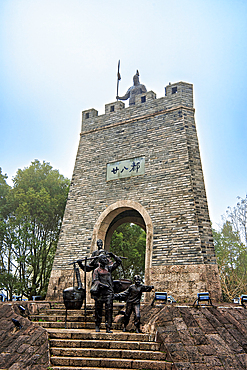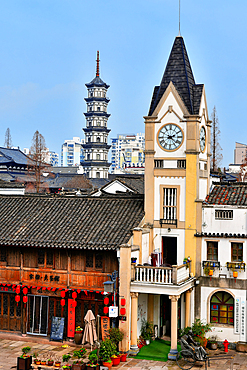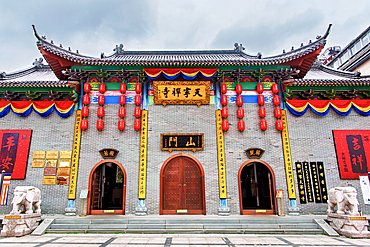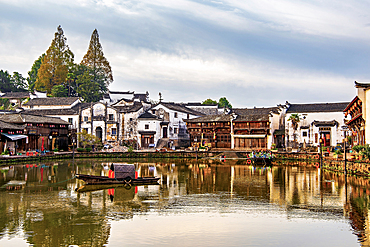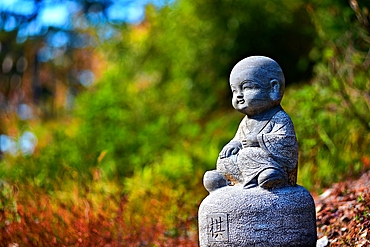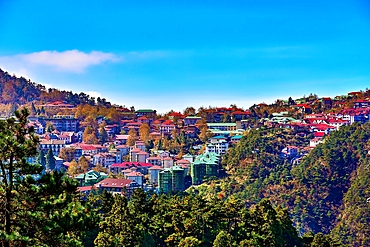Results
« Previous 1 2 3 4 … 7 Next »
611 results found
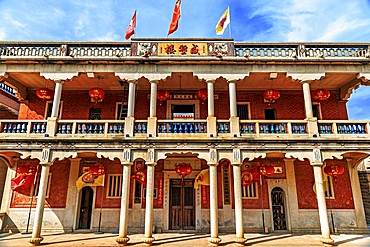
Wulin traditional village, Quanzhou, Fujian Province, China. The village has a strong South East Asian architectural influence as it was built by Chinese emigrants from South East Asia during the Qing and ROC era.
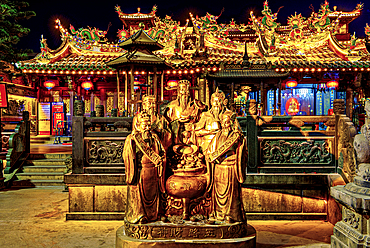
Bronze statues of the five Gods of Wealth at Guandi Temple at night. Quanzhou: Emporium of the World (UNESCO World Heritage), Fujian Province, China
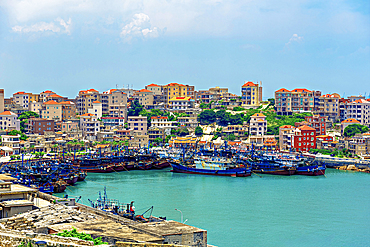
Fishing boats and trawlers at the bay in Little Weihai, a picturesque seaside fishing town in Shishi, Quanzhou, Fujian Province, China
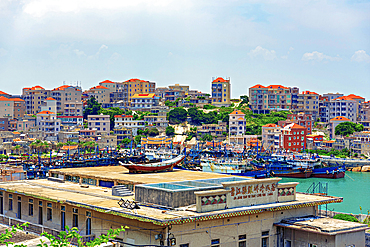
Fishing boats and trawlers at the bay in Little Weihai, a picturesque seaside fishing town in Shishi, Quanzhou, Fujian Province, China
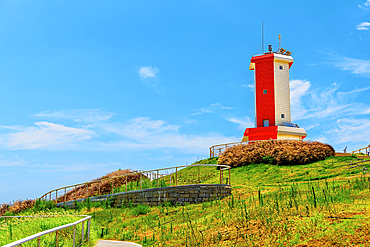
Red and white lighthouse at Little Weihai, a picturesque seaside fishing town in Shishi, Quanzhou, Fujian Province, China
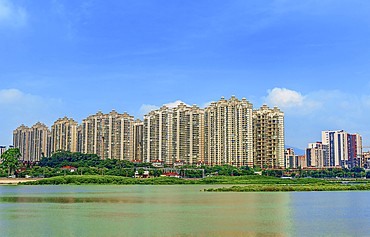
View of the wetlands and residential apartments from Luoyang Bridge. Quanzhou: Emporium of the World (UNESCO World Heritage), Fujian Province, China
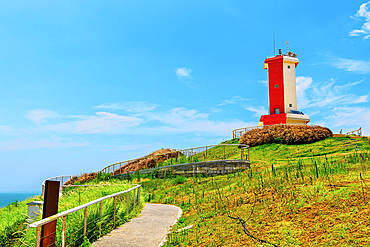
Red and white lighthouse at Little Weihai, a picturesque seaside fishing town in Shishi, Quanzhou, Fujian Province, China
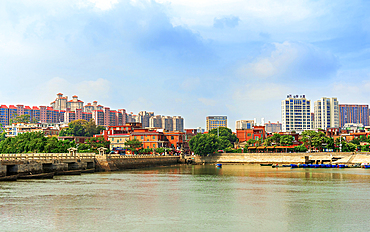
City view of Quanzhou with Luoyang Bridge on the left. The is China's first stone bay bridge (built 1059), and is one China's four famous ancient bridges. Quanzhou: Emporium of the World (UNESCO World Heritage), Fujian Province, China.
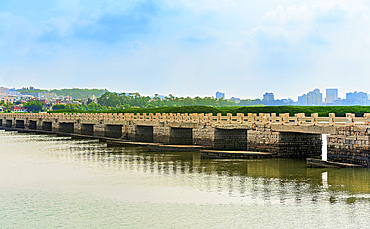
Luoyang Bridge, one of the four famous ancient bridges in China. Built in 1059, this is China's first stone bay bridge. Quanzhou: Emporium of the World (UNESCO World Heritage), Fujian Province, China
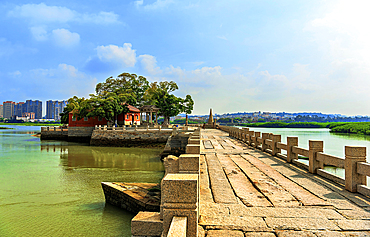
Luoyang Bridge, one of the four famous ancient bridges in China. Built in 1059, this is China's first stone bay bridge. Quanzhou: Emporium of the World (UNESCO World Heritage), Fujian Province, China
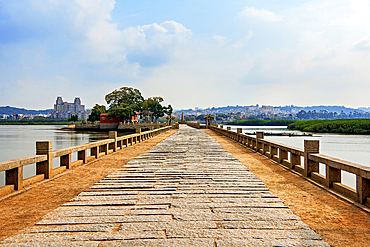
Luoyang Bridge, one of the four famous ancient bridges in China. Built in 1059, this is China's first stone bay bridge. Quanzhou: Emporium of the World (UNESCO World Heritage), Fujian Province, China
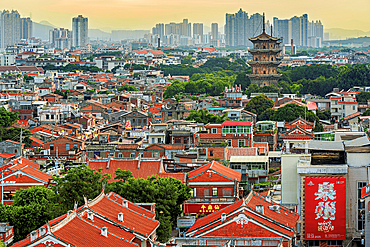
Sunset view of the old town of Quanzhou: Emporium of the World (UNESCO World Heritage), Fujian Province, China
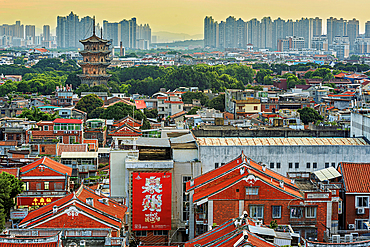
Sunset view of the old town of Quanzhou: Emporium of the World (UNESCO World Heritage), Fujian Province, China
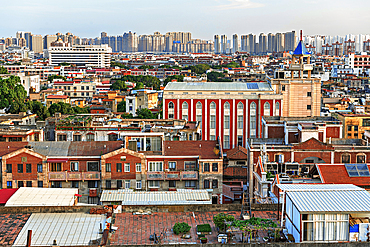
City view of the old town of Quanzhou: Emporium of the World (UNESCO World Heritage), Fujian Province, China
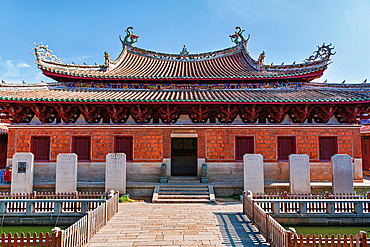
The rear of the main hall of Tianhou Temple. Quanzhou: Emporium of the World (UNESCO World Heritage), Fujian, China. The temple's history dates back to 1299. The current temple has retained structures from the Song, Ming and Qing dynasties.
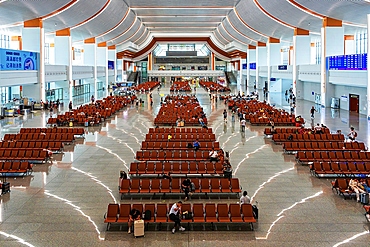
Chaoshan Station. This hi-speed rail station is typical of train stations in smaller cities in China. Chaozhou, Guangdong Province, China
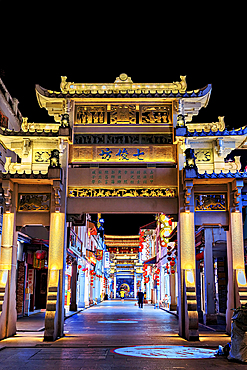
Paifang Street at night. These memorial arches (Paifang) are arches built to commend and commemorate celebrities and sages since 3000 years ago. The arches in Paifang Street were built between 1517 - 1785. Chaozhou, Guangdong Province, China
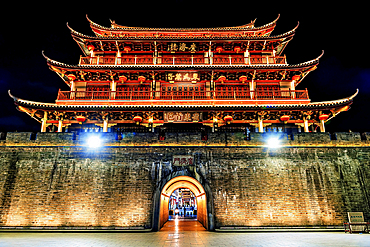
Guangji Gate Tower at night, built in 1370, the gate leads into Chaozhou ancient city, Paifang street, Chaozhou City, Guangdong Province, China
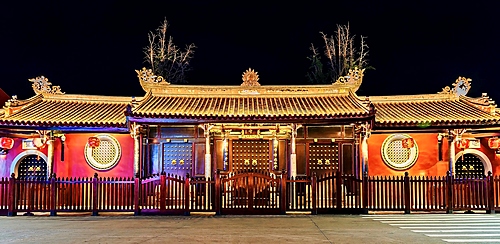
Kaiyuan Temple at night. The temple was first established 738AD. Chaozhou, Guangdong Province, China
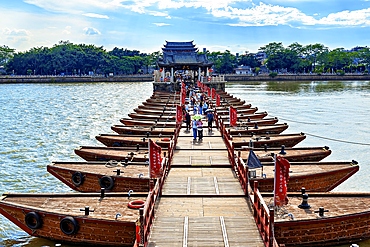
Guangji Bridge, built 1170, one of China's four famous ancient bridges. The bridge is connected by 18 boats that can be removed to allow passage of vessels. Chaozhou, Guangdong province, China
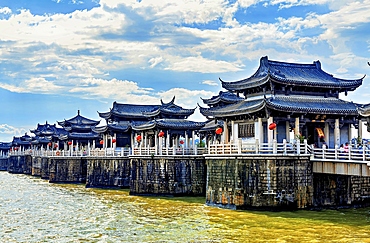
The pavilions of Guangji Bridge, built 1170, it is one of China's four famous ancient bridges. The bridge is connected by 18 boats that can be removed to allow passage of vessels. Chaozhou, Guangdong province, China
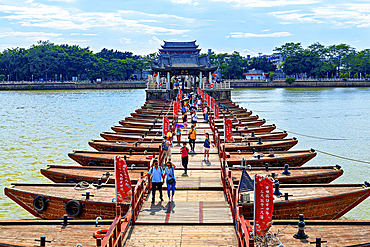
Guangji Bridge, built 1170, one of China's four famous ancient bridges. The bridge is connected by 18 boats that can be removed to allow passage of vessels. Chaozhou, Guangdong province, China

Angora goats at Sunday market at Kashgar, the main Silk Road trading centre, Kashgar, Xinjiang, China, Asia
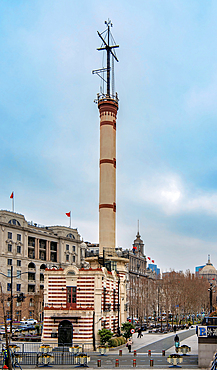
The Gutzlaff Signal Tower (built 1883) on the Bund, Shanghai, China. It is one of the two remaining Alonobo-style buildings in the world.
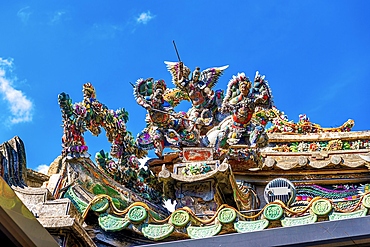
Intricate porcelain inlay sculptures on rooftops of the Mazu Palace, a Tianhou Temple built in 1879. Shantou, Guangdong Province, China
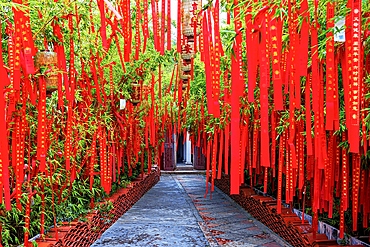
Bamboo garden filled with well wishing ribbons in Kaiyuan Temple, Chaozhou, Guangdong Province, China
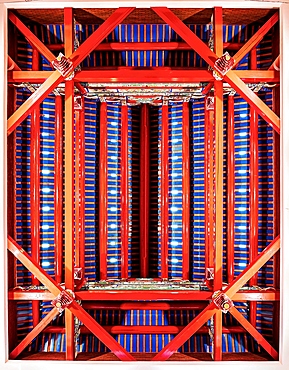
The inside roof of the Laoma Palace Theatre, a heritage building at Xiaogongyuan (Little Park) in Shantou City, Guangdong Province, China.

Parasol on a white sand beach and turquoise water, Sun Island Resort, Nalaguraidhoo island, Ari atoll, Maldives, Indian Ocean, Asia

The Hong Kong–Zhuhai–Macau Bridge (HZMB), this 55 km bridge–tunnel system is the longest sea crossing and the longest open-sea fixed link in the world. It consist of three cable-stayed bridges, an undersea tunnel, and four artificial islands.
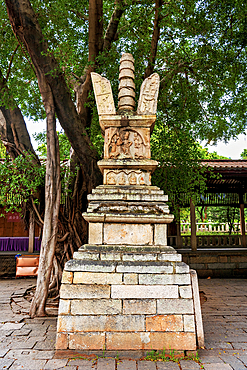
Ancient stone pagodas in Kaiyuan Temple, Quanzhou, Fujian Province, China. While the temple was first built in 686 A.D., these relics are as as old as 1800 years, predating the founding of the temple.
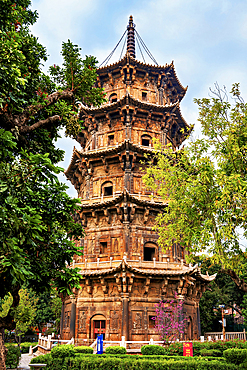
East Pagoda of Kaiyuan Temple, Quanzhou, Fujian Province, China. The pagoda was first built in 865 A.D. (rebuilt 1250). The temple was first built 686 A.D. It is one of the serial sites within Quanzhou: Emporium of the World (UNESCO).
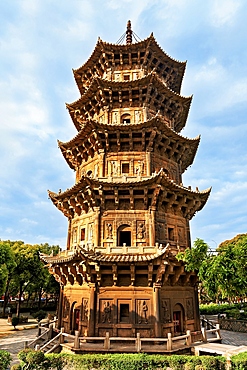
East Pagoda of Kaiyuan Temple, Quanzhou, Fujian Province, China. The pagoda was first built in 865 A.D. (rebuilt 1250). The temple was first built 686 A.D. It is one of the serial sites within Quanzhou: Emporium of the World (UNESCO).
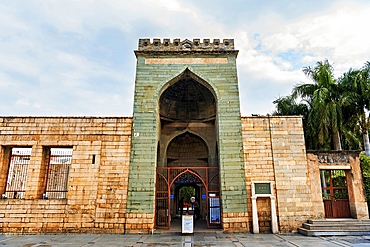
Qingjing Mosque (first built 1009) is the oldest surviving mosque in China. Quanzhou, Fujian Province, China. The mosque is one of the serial sites in Quanzhou: Emporium of the World Song-Yuan China (UNESCO).
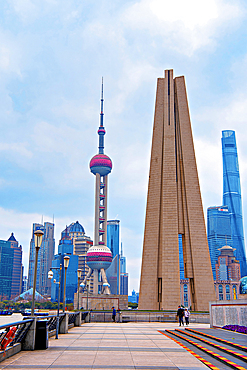
The Shanghai People's Heroes Memorial Tower (right), commemorating those who fought for their homeland in wars and natural disasters and The Oriental Pearl Tower (left). Shanghai, China.
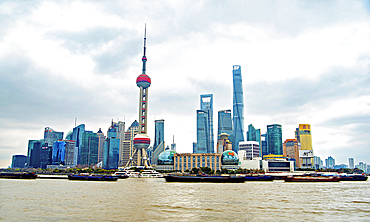
The iconic skyline of Lujiazui along the busy Huangpu River with never ending convoy of cargo vessels, Shanghai, China.
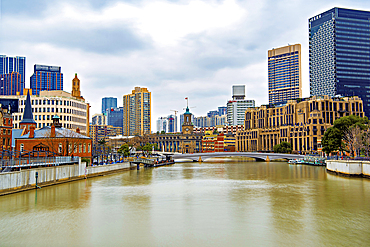
Suzhou Creek with the Shanghai Postal Museum (built in the 1920s) (center) and the Union Church (built 1886) (left), Shanghai, China
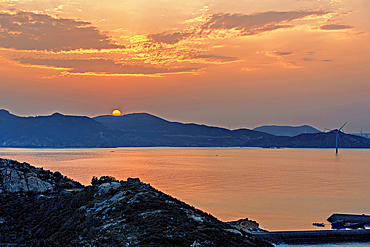
Final peek of a setting sun over the hills and the sea of Pingtan Island, Fuzhou City, Fujian Province, China.
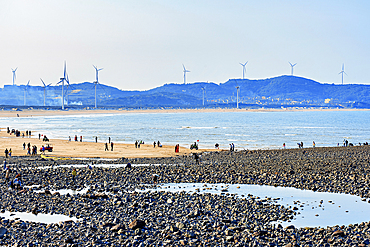
Contrast of rocky and sandy beach coastal recreation area with windmills in the background. Pingtan Island, Fuzhou City, Fujian Province, China.
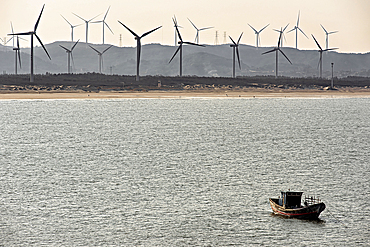
Lone fishing boat with windmills in the background. Pingtan Island, Fuzhou City, Fujian Province, China.
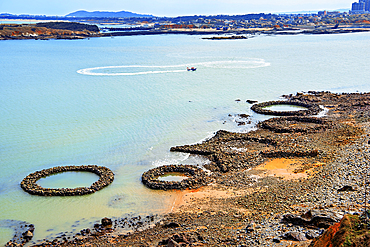
Circular and star shaped rock pools by the sea. Pingtan Island, Fuzhou City, Fujian Province, China.
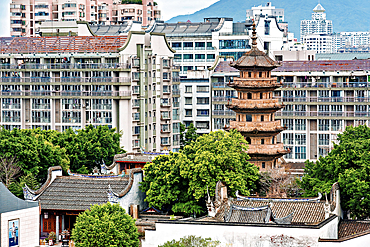
Fuzhou city view with the 'Wu' (dark) pagoda, Fuzhou, Fujian Province, China. The pagoda was first built in 799 AD (rebuilt 941 AD).
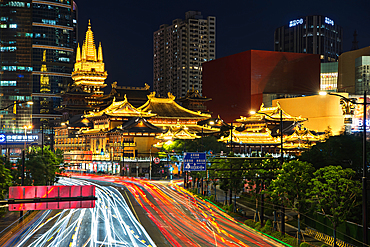
JingAn Temple at night, Shanghai, China. First built in 247 A.D. it moved from its original location beside Suzhou Creek to its current location in 1216. The temple existed before Shanghai was founded in 1291.
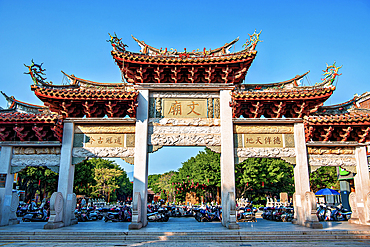
Confucius Temple. Quanzhou: Emporium of the World (UNESCO World Heritage), Fujian, China. The temple has been at its current site since 982 A.D.
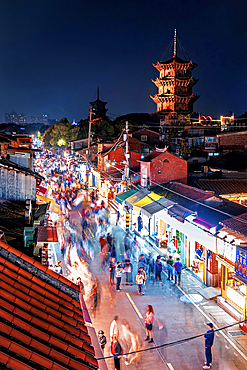
Busy pedestrian street with the twin pagodas of Kaiyuan Temple in the background. Quanzhou: Emporium of the World (UNESCO World Heritage), Fujian, China
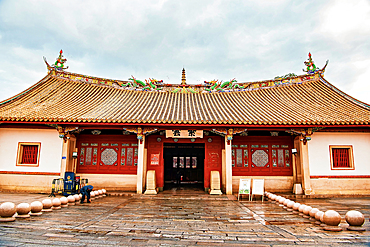
Kaiyuan Temple, Quanzhou, Fujian Province, China. First built 686 A.D., it is one of the serial sites within Quanzhou: Emporium of the World (UNESCO). The temple site houses relics and structures predating the templet itself (up to 1800 years).
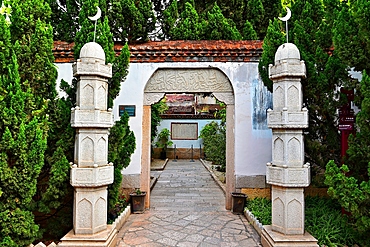
Qingjing Mosque (first built 1009) is the oldest surviving mosque in China. Quanzhou, Fujian Province, China. The inscription at the far end of the wall is the original notice for the protection of the mosque issued in 1407A.D.
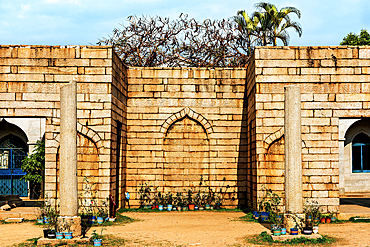
Qingjing Mosque (first built 1009) is the oldest surviving mosque in China. Quanzhou, Fujian Province, China. The mosque is one of the serial sites in Quanzhou: Emporium of the World Song-Yuan China (UNESCO).
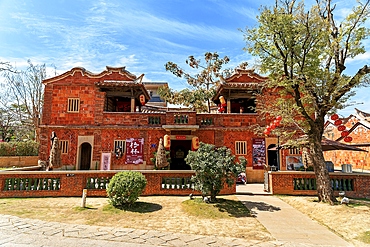
Wulin traditional village, Quanzhou, Fujian Province, China. The village has a strong South East Asian architectural influence as it was built by Chinese emigrants from South East Asia during the Qing and ROC era.
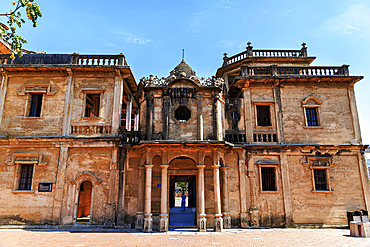
Wulin traditional village, Quanzhou, Fujian Province, China. The village has a strong South East Asian architectural influence as it was built by Chinese emigrants from South East Asia during the Qing and ROC era.
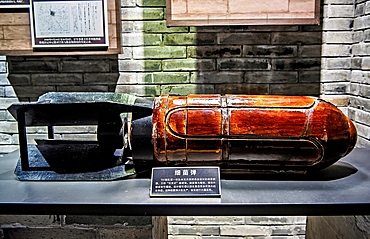
Bacteria bomb made of ceramic used by the Japanese Imperial army Unit 731 during WWII, Quzhou City, Zhejiang Province, China
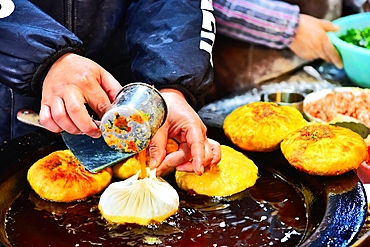
Filling a dumpling with egg batter as it is fried, Song Yuan market, Quzhou City, Zhejiang Province, China
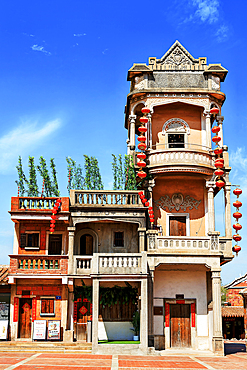
Wulin traditional village, Quanzhou, Fujian Province, China. The village has a strong South East Asian architectural influence as it was built by Chinese emigrants from South East Asia during the Qing and ROC era.
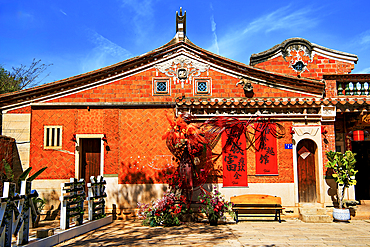
Wulin traditional village, Quanzhou, Fujian Province, China. The village has a strong South East Asian architectural influence as it was built by Chinese emigrants from South East Asia during the Qing and ROC era.
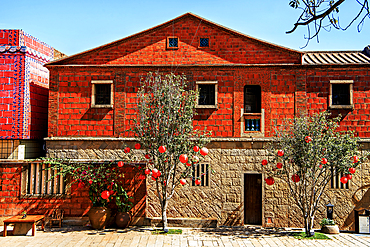
Wulin traditional village, Quanzhou, Fujian Province, China. The village has a strong South East Asian architectural influence as it was built by Chinese emigrants from South East Asia during the Qing and ROC era.
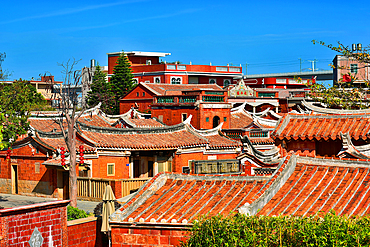
Wulin traditional village, Quanzhou, Fujian Province, China. The village has a strong South East Asian architectural influence as it was built by Chinese emigrants from South East Asia during the Qing and ROC era.
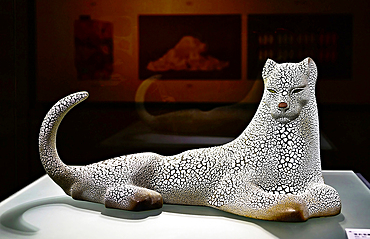
Intricate ceramic sculpture of a leopard in China Ceramic Museum, Jingdezhen, Jiangxi Province, China.
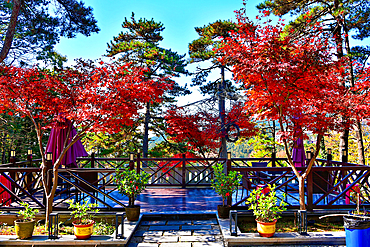
Spectacular autumn colours of the town in Lushan (Mount Lu), Jiujiang City, Jiangxi, China. Lushan is a UNESCO World Heritage site, it is one of China's most famous mountains known for its natural beauty.
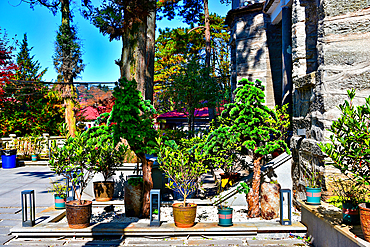
Spectacular autumn colours of the town in Lushan (Mount Lu), Jiujiang City, Jiangxi, China. Lushan is a UNESCO World Heritage site, it is one of China's most famous mountains known for its natural beauty.
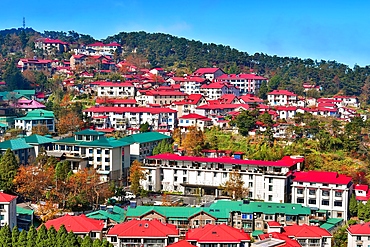
View of the town in Lushan (Mount Lu), Jiujiang City, Jiangxi, China. Lushan is a UNESCO World Heritage site, it is one of China's most famous mountains known for its natural beauty.
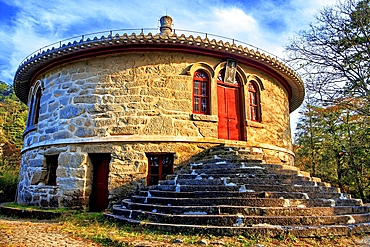
YuanFoDian (Circular Buddha Hall), Lushan (Mount Lu), Jiujiang City, Jiangxi, China. Lushan is a UNESCO World Heritage site, it is one of China's most famous mountains known for its natural beauty.

Wangjiang Pavilion from afar among rising clouds in Lushan (Mount Lu), Jiujiang City, Jiangxi, China. Lushan is a UNESCO World Heritage site, it is one of China's most famous mountains known for its natural beauty.
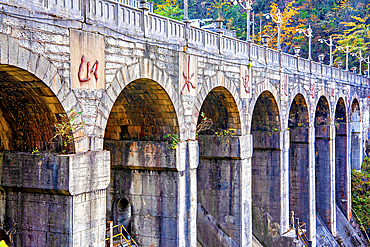
Lushan hydroelectric dam, Lushan (Mount Lu), Jiujiang City, Jiangxi, China. Lushan is a UNESCO World Heritage site, it is one of China's most famous mountains known for its natural beauty.
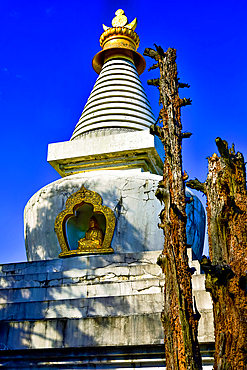
The Nuona Pagoda at the Small Heavenly Pool Temple, a Tibetan Temple in Lushan (Mount Lu), Jiujiang City, Jiangxi, China. Nuona is the living buddha that promoted Tibetan Buddhism in China during the Qing Dynasty. Lushan is a UNESCO World Heritage site.
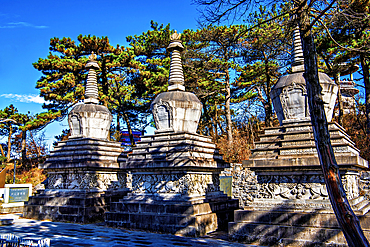
Stone pagodas at Nuona Pagoda Temple, aka Small Heavenly Pool Temple, a Tibetan Temple in Lushan (Mount Lu), Jiujiang City, Jiangxi, China. Lushan is a UNESCO World Heritage site, it is one of China's most famous mountains known for its natural beauty.

Bronze Bell of Nuona Pagoda Temple, aka Small Heavenly Pool Temple, a Tibetan Temple in Lushan (Mount Lu), Jiujiang City, Jiangxi, China. Lushan is a UNESCO World Heritage site, it is one of China's most famous mountains known for its natural beauty.
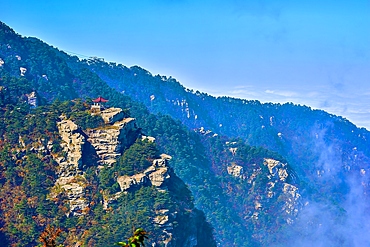
Wangjiang Pavilion from afar in Lushan (Mount Lu), Jiujiang City, Jiangxi, China. Lushan is a UNESCO World Heritage site, it is one of China's most famous mountains known for its natural beauty.
